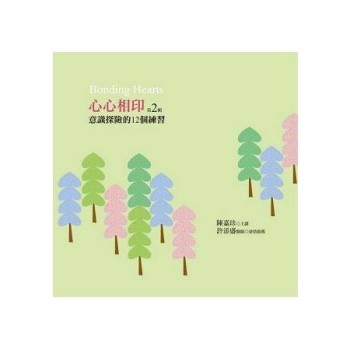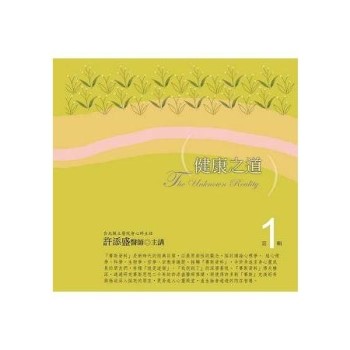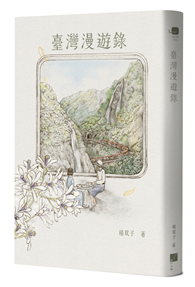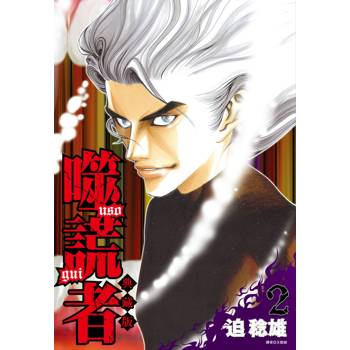The story is the cross section of the life and realities of Kerala State, South India, during the hoary and obfuscated years of internal emergency. The protagonists in the story are generally sad, and the sadness they are charged with makes them philosophical in various ways. Each one is gnawed by a nostalgia to reach out to a state of being and also to a state of mind they seem to have forfeited somewhere beyond the time-space capsule they are shut into. The story largely covers the life of Christian Syrian settlers who settled in the virgin forests of northeastern hill tracts of Kerala, destroying the forests that were there for thousands of years, supporting a community of aborigines who survived in the woods quite unobtrusively and sustainably. The relation between man and nature has degraded to be that of hunter and prey, from that of child and mother, and the socio-environmental ramifications thereof are far-reaching. Also, the story examines the relation between the rulers and the ruled from an elemental angle. The story is basically centered on a man who undergoes a spiritual, as well as political, evolution through the rigorous course of life. The desolation, poverty, political opportunism, and the poetic suffering of the rural masses of the hill tracts of Kerala State, South India, offer the fecund canvass for the development of the story. It explores the possibility of man reaching a solemn level of inner maturity across the trials and tribulations. Particularly in the backdrop of the Communist party spreading its mass base and then declining through decadence and avarice. The faces, places, and events elaborated in the story are very near to me and very dear to me. The plot is very realistic, and my own life is spread thin in the story.
| FindBook |
|
有 1 項符合
Paikada的圖書 |
 |
$ 1735 | The Last House
作者:Paikada 出版社:Authorhouse 出版日期:2013-03-12 語言:英文 規格:平裝 / 546頁 / 20.3 x 12.7 x 3 cm / 普通級  看圖書介紹 看圖書介紹
|
|
|
圖書介紹 - 資料來源:博客來 評分:
|











